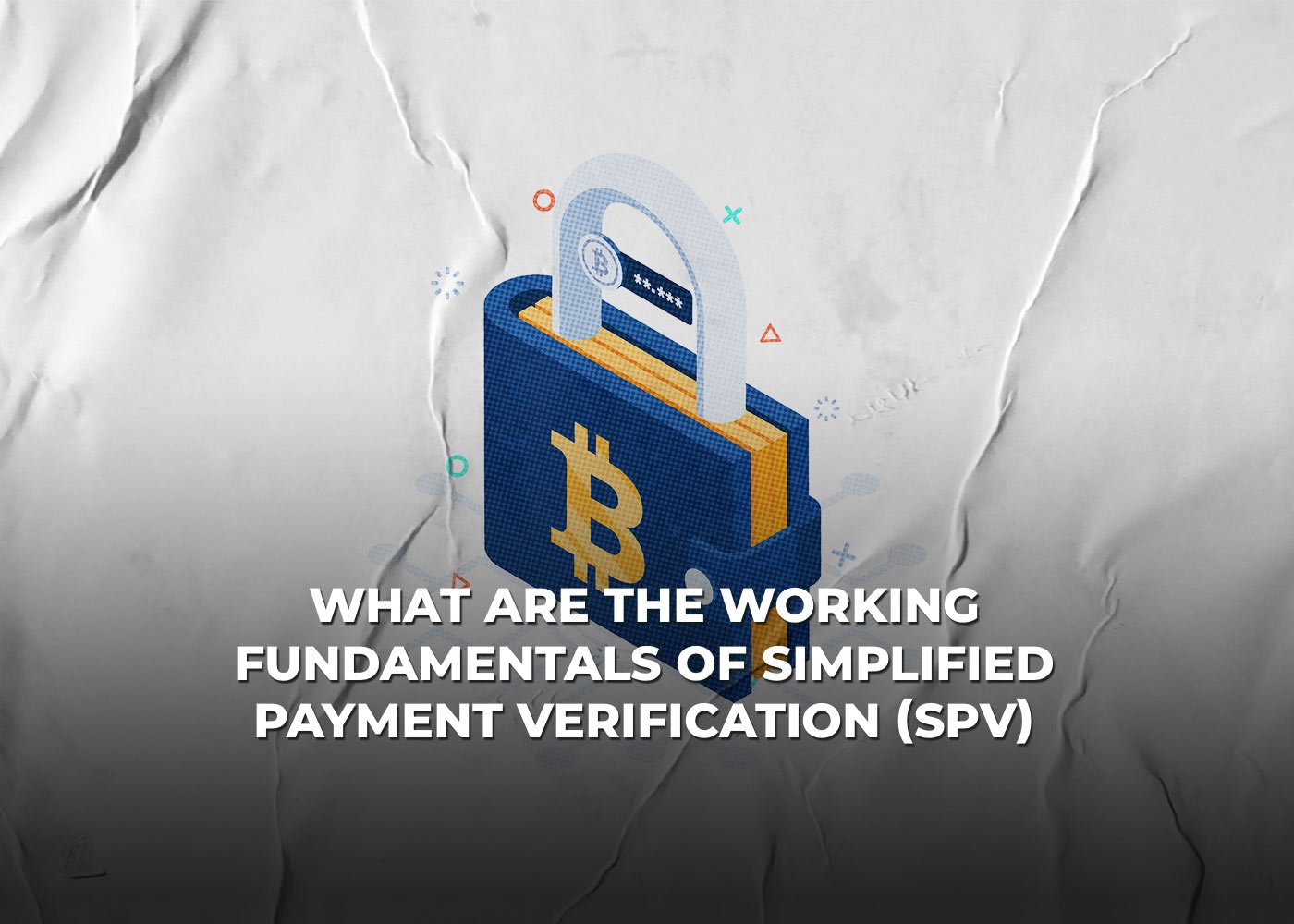
The SPV (Simplified Payment Verification) client is used to seek evidence in the Merkle Tree that payments are included in the blockchain. It is a client that verifies blockchain transactions and downloads block headers. In this post, we attempted to explain Simplified Payment Verification as well as terms like Full Node, Light Node, and Merkle Tree.
What is Merkle Tree and Light Node
The Merkle Tree is a type of tree data structure that has become popular in computer science, as its name indicates. The Merkle tree’s leaf forms represent the hashes of each transaction in the block.
Light Node relies on the wallet account directly and collaborates with Full Nodes to check if the transactions have been completed or not. The Light Node is the unseen portion of the wallet application.

Simplified Payment Verification is the Solution
As mentioned by Satoshi, SPV is a strong system in terms of speed but a bad one in terms of security. Why, then, do we install Light Node and go in the opposite direction? Wouldn’t it be better if we installed a Full Node and verified if our payments were included in the most recent block on our own?
Consider that our wallet application requires hundreds of nodes. Therefore we must verify that each transaction made in the wallet application actually occurred by searching the block for it. Installing hundreds of Full Nodes will be necessary and quite expensive if we decide to achieve this using Full Nodes. Instead, requesting the information from the installed Full Nodes and independently verifying it will be more beneficial for us. Moreover, they balance the burden because each SPV Node will cooperate with a distinct Full Node.
The wallet program we are familiar with is called Light Node. It saves money by retaining fewer data and concentrating solely on the task of keeping track of balances. By extracting the Merkle Root from the Full Node, it just focuses on validation rather than preserving the Merkle tree’s contents. This process is known as Simplified Payment Verification (SPV).
The SPV may be controlled and used to penalize illegal transactions by a person or group possessing 51% of Bitcoin. The 51% assault poses a serious danger to several cryptocurrencies, but it doesn’t appear to be feasible, especially for Bitcoin.
You may be interested in:






